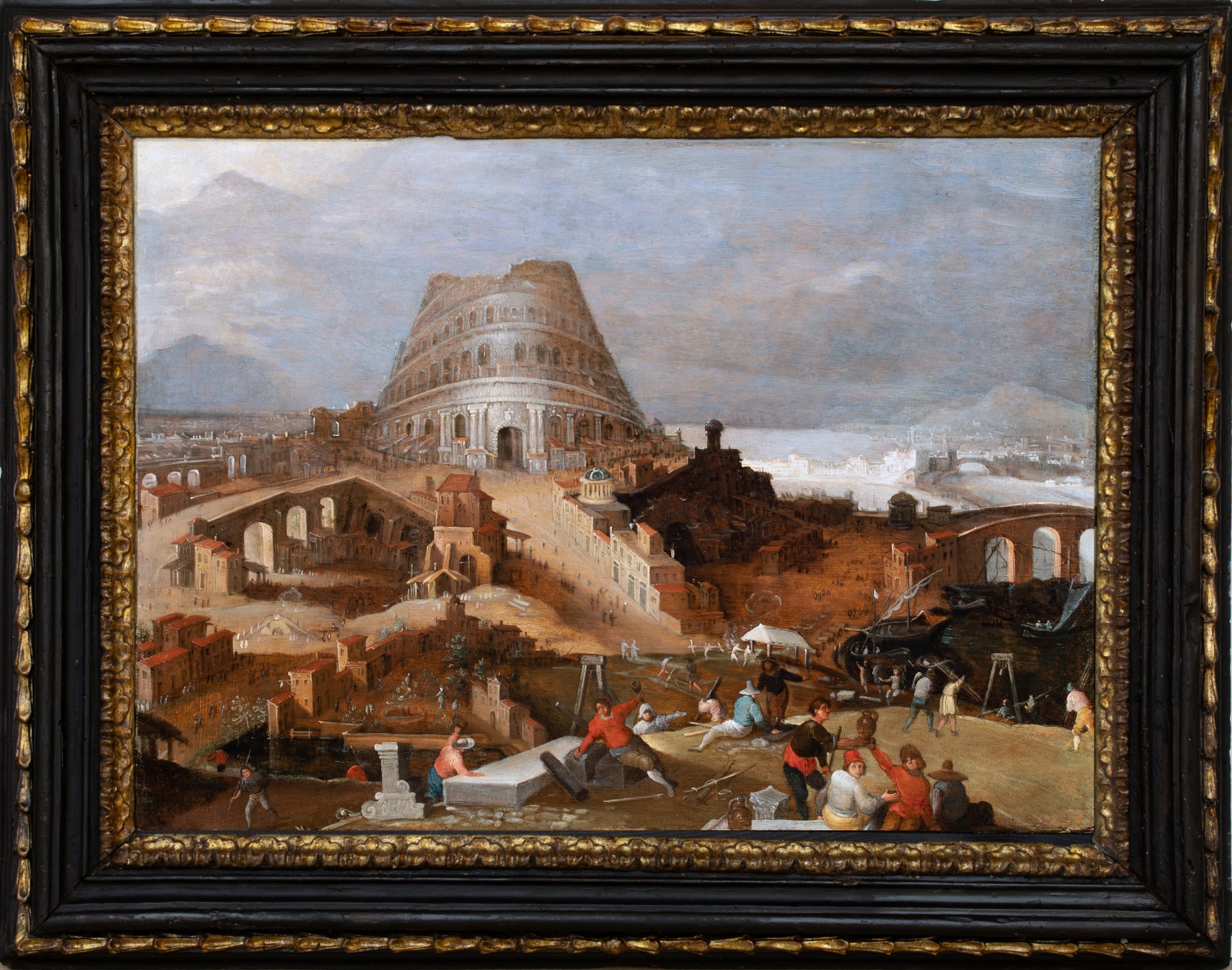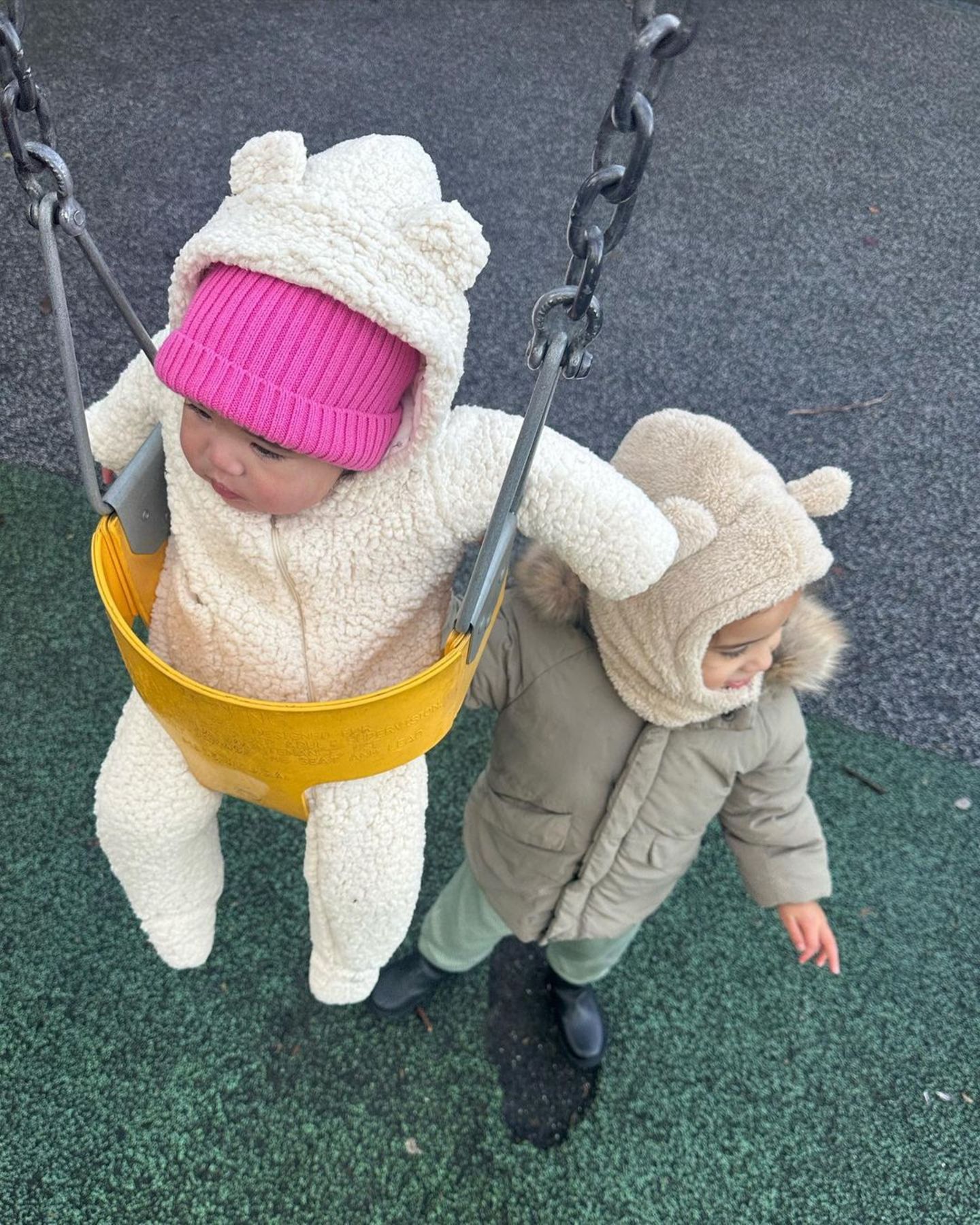Rome Babel: The Ultimate Exploration Of Language, Culture, And History
Hey there, language lovers and history buffs! Are you ready to dive into the fascinating world of Rome Babel? Imagine a city where ancient tongues meet modern expressions, where the echoes of Latin still resonate through cobblestone streets, and where every corner tells a story. Rome Babel isn’t just a concept—it’s a vibrant tapestry of languages, cultures, and traditions that have shaped one of the world’s most iconic cities. So grab your virtual passport, and let’s explore this linguistic marvel together!
Rome Babel is more than just a phrase. It represents the rich tapestry of languages that have intertwined with the Eternal City over millennia. From the ancient Romans who laid the foundation of Western civilization to the modern-day Italians who keep their heritage alive, Rome has always been a melting pot of linguistic diversity. This city isn’t just about ruins and relics; it’s about the words, phrases, and stories that connect us all.
Now, you might be wondering, what exactly is Rome Babel? Well, buckle up because we’re about to take you on a journey through time, language, and culture. Whether you’re a linguistics enthusiast, a history geek, or just someone who appreciates the beauty of words, this article is for you. So, without further ado, let’s get started and uncover the secrets of Rome Babel!
Table of Contents
- The Historical Roots of Rome Babel
- Languages That Shaped Rome
- Cultural Impact of Rome Babel
- Rome Babel and Modern Tourism
- Educational Opportunities in Rome Babel
- Food and Language: A Unique Connection
- Modern-Day Rome Babel
- Tips for Exploring Rome Babel
- The Future of Rome Babel
- Conclusion: Why Rome Babel Matters
The Historical Roots of Rome Babel
Rome wasn’t built in a day, and neither was its linguistic diversity. The city’s history is a fascinating blend of conquests, migrations, and cultural exchanges that have left an indelible mark on its language landscape. From the early days of the Roman Republic to the rise of the Roman Empire, Latin became the dominant language of the Western world. But it didn’t stop there.
As the centuries rolled on, Rome became a hub for traders, scholars, and travelers from all over the globe. Greek, Arabic, and even Hebrew influences began to seep into the local dialects, creating a unique linguistic tapestry that we now call Rome Babel. The fall of the Roman Empire didn’t diminish this diversity; instead, it evolved into something even more fascinating.
Key Moments in Rome’s Linguistic History
- 753 BCE: The founding of Rome marks the beginning of Latin as the city’s primary language.
- 1st Century CE: The Roman Empire reaches its peak, spreading Latin across Europe and beyond.
- 476 CE: The fall of the Western Roman Empire leads to the emergence of Vulgar Latin and regional dialects.
- 15th Century: The Renaissance brings a renewed interest in classical languages, including Latin and Greek.
Languages That Shaped Rome
When you think of Rome, you probably think of Italian. But did you know that Rome’s linguistic landscape is far richer than just one language? Over the centuries, countless languages have influenced the city’s dialects and idioms. Let’s take a closer look at some of the most significant ones.
Latin, of course, is the foundation of it all. But as the city grew and expanded, other languages like Greek, Arabic, and even French left their mark. Each of these languages brought something unique to the table, whether it was new vocabulary, grammar structures, or even cultural practices.
Top Influential Languages in Rome
- Latin: The mother tongue of Rome and the basis for many modern languages.
- Greek: Introduced through trade and cultural exchanges during the Roman Empire.
- Arabic: Brought by traders and scholars during the Middle Ages.
- French: Influenced by the Napoleonic era and the Renaissance.
Cultural Impact of Rome Babel
Language isn’t just about words; it’s about culture. Rome Babel has had a profound impact on the city’s cultural identity, influencing everything from art to architecture. The blending of languages has created a unique cultural melting pot that continues to thrive today.
From the frescoes of the Sistine Chapel to the operas performed at Teatro dell’Opera di Roma, the influence of Rome Babel can be seen and heard everywhere. Even the city’s cuisine reflects this diversity, with dishes that tell stories of trade routes and cultural exchanges.
How Rome Babel Shapes Culture
- Art: The blending of languages has inspired countless artists and writers.
- Music: Opera and classical music have roots in the linguistic diversity of Rome.
- Food: Dishes like pasta alla carbonara and cacio e pepe reflect the city’s multicultural heritage.
Rome Babel and Modern Tourism
Rome is one of the most visited cities in the world, and for good reason. Tourists flock to see the Colosseum, the Vatican, and countless other landmarks. But what many visitors don’t realize is that they’re also experiencing Rome Babel in action. The city’s linguistic diversity is alive and well, with locals and visitors alike contributing to its rich tapestry.
Modern tourism has also brought new languages to Rome, including English, Spanish, and Mandarin. This has created even more opportunities for cultural exchange and understanding. Whether you’re chatting with a local vendor or attending a language exchange event, Rome offers endless possibilities for language lovers.
Tourism Highlights in Rome Babel
- Language exchange meetups: Connect with locals and other travelers.
- Cultural festivals: Celebrate the diversity of Rome through music, dance, and food.
- Guided tours: Learn about the history and language of Rome from expert guides.
Educational Opportunities in Rome Babel
Rome isn’t just a city of history and culture; it’s also a hub for education. Universities, language schools, and cultural institutions offer countless opportunities for those looking to deepen their understanding of Rome Babel. Whether you’re studying linguistics, history, or art, Rome has something for everyone.
One of the most exciting developments in recent years has been the rise of online language courses. These courses allow students from all over the world to learn about Rome’s linguistic heritage without ever leaving home. And with the city’s vibrant cultural scene, there’s always something new to discover.
Top Educational Institutions in Rome
- Sapienza University of Rome: Offers courses in linguistics and cultural studies.
- Rome Business School: Focuses on international business and communication.
- Language schools: Provide immersive experiences for language learners.
Food and Language: A Unique Connection
Food and language go hand in hand, especially in Rome. The city’s cuisine is a reflection of its linguistic diversity, with dishes that tell stories of trade routes and cultural exchanges. From the hearty pasta dishes of Roman cuisine to the delicate pastries of the Italian dessert tradition, every bite is a journey through time and language.
Even the names of dishes can reveal fascinating linguistic connections. For example, "cacio e pepe" translates to "cheese and pepper," a simple yet delicious dish that highlights the city’s love for simplicity and flavor. And let’s not forget about coffee culture, where words like "espresso" and "cappuccino" have become part of the global lexicon.
Must-Try Dishes in Rome Babel
- Pasta alla Carbonara: A classic Roman dish with a rich history.
- Cacio e Pepe: A simple yet flavorful pasta dish.
- Gelato: The ultimate Italian dessert experience.
Modern-Day Rome Babel
Today, Rome Babel continues to evolve, embracing new languages and cultures while preserving its rich heritage. The city’s linguistic diversity is more important than ever in an increasingly globalized world. Whether you’re a local or a visitor, Rome offers endless opportunities to learn, grow, and connect through language.
From street signs in multiple languages to multilingual events and exhibitions, Rome is a city where language truly matters. And with the rise of technology, the possibilities for linguistic exploration are endless. Apps, websites, and social media platforms make it easier than ever to engage with Rome’s linguistic diversity.
Trends in Modern Rome Babel
- Language apps: Tools like Duolingo and Babbel make learning languages accessible.
- Social media: Platforms like Instagram and TikTok showcase Rome’s linguistic diversity.
- Virtual tours: Explore Rome’s landmarks and history from anywhere in the world.
Tips for Exploring Rome Babel
So, you’re ready to dive into the world of Rome Babel? Great! Here are a few tips to make the most of your linguistic adventure:
- Learn a few key phrases in Italian before you go. It’ll make a big difference in your interactions with locals.
- Attend language exchange events to practice your skills and meet new people.
- Visit museums and cultural institutions to learn more about Rome’s linguistic history.
Remember, Rome Babel isn’t just about learning new words; it’s about understanding the stories behind them. So, keep an open mind and be ready to embrace the unexpected!
The Future of Rome Babel
As Rome continues to grow and evolve, so too will its linguistic landscape. The city’s commitment to preserving its heritage while embracing new influences ensures that Rome Babel will remain a vibrant and dynamic force for years to come. With advancements in technology and increased global connectivity, the possibilities for linguistic exploration are endless.
Imagine a future where language barriers are a thing of the past, where people from all over the world can communicate and connect effortlessly. Rome Babel is already paving the way for this future, and we can’t wait to see what comes next.
Conclusion: Why Rome Babel Matters
In conclusion, Rome Babel is more than just a concept; it’s a living, breathing testament to the power of language and culture. From its ancient roots to its modern-day manifestations, Rome’s linguistic diversity has shaped the city in countless ways. Whether you’re a history buff, a language lover, or just someone who appreciates the beauty of words, Rome Babel has something to offer you.
So, the next time you visit Rome, take a moment to appreciate the linguistic richness that surrounds you. Chat with locals, try new foods, and immerse yourself in the city’s cultural tapestry. And don’t forget to share your experiences with others—after all, that’s what Rome Babel is all about!
Now, it’s your turn. What’s your favorite thing about Rome Babel? Leave a comment below, share this article with your friends, and let’s keep the conversation going. Grazie mille, and ciao for now!

La construction de la tour de Babel Willem II Van Nieulandt (1584

Modische Minis Die schönste Kindermode der Stars GALA.de

Tower of Babel Tour de Babel L’Œil infatigable Tableaux de la